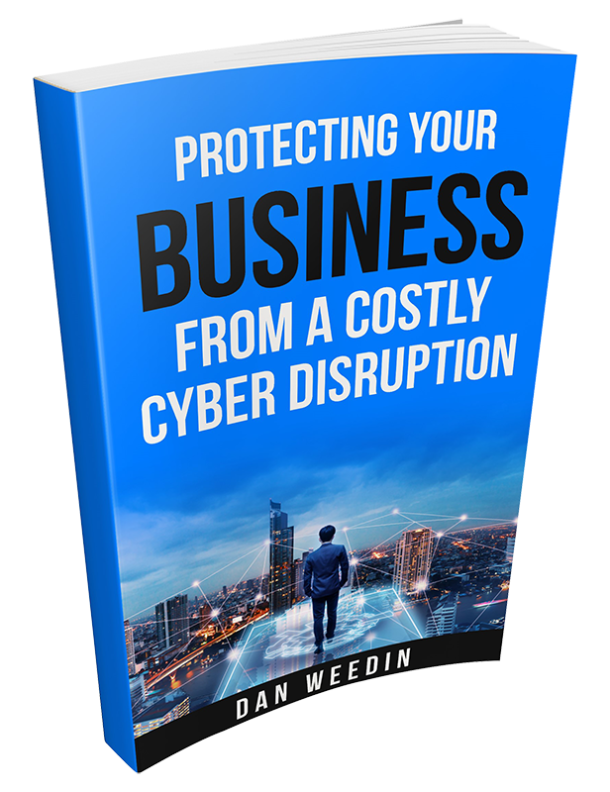This is a blog post preparing for my presentation on August 25th in Bogotá, Colombia a at the Occupational Health & Safety Management Summit. These posts will be precursors for my presentation and I welcome any and all comments. I will attempt to translate in Spanish below the original post through the magic of Google Translator!
Crisis balance seems to be an odd concept, right? Aren’t we trying to avoid crisis in our business?
I submit no. In order to be truly effective, you must embrace crisis as an opportunity to grow and thrive. Read on…
I’m heading to Bogota tomorrow for the Occupational Safety & Health Management Summit. My goal is to bring as much value and strategy to the audience of executives on the topic of crisis leadership in a 2-hour program, as I can. Hopefully, many will then join my mailing list, want to learn more about my services, and most importantly improve their organizations. If that happens, it’s a win-win-win. In order to achieve this objective, I need to take a few risks. I need to travel by car to the Seattle airport (transportation by auto is even more dangerous than flying), take off and land in an airplane twice; go to a country I haven’t been to as an adult; and speak to a group of executives who may not speak my native language. There is a lot that can go wrong.
However, without the risk, there is no reward. I need to strike a balance between risk (potential crisis) and business objectives.
As an employer, you take risks by even hiring employees. Crisis can occur through a myriad of ways – accidents, lawsuits, poor morale, bad efficiency, absenteeism and “present-ism,” employee theft, and the list goes on. If you spend too much time thinking about it, you wonder why you want employees! However, without maintaining a balance between the risk of employing humans and meeting business objectives, you wouldn’t succeed.
Even when crisis does occur, it lends itself to balancing it out with rewards. If someone gets injured on the job, there should be a process where the fault of the accident is investigated and changed. For instance, if not using eye protection on a machine caused an injury, then requiring eye protection in order to run the machine will virtually eliminate that peril from happening again AND ultimately improve productivity and moral, plus reduce insurance costs.
You have to balance risk and reward. Crisis can lead to devastation or it can lead to opportunity. The answer lies in your readiness and response.
© 2011 Dan Weedin. All Rights Reserved
En Espanol…
Balance de la crisis parece ser un concepto extraño, ¿verdad? ¿No estamos tratando de evitar la crisis en nuestro negocio?
Yo no presentar. Para ser realmente eficaz, debe abarcar la crisis como una oportunidad para crecer y prosperar. Sigue leyendo …
Me dirijo a Bogotá mañana para la Seguridad y Gestión de la Cumbre de la Salud. Mi objetivo es llevar el mayor valor y la estrategia para la audiencia de ejecutivos en el tema de la crisis de liderazgo en un programa de dos horas, lo que puedo. Con suerte, muchos se unirá a mi lista de correo, quiere aprender más acerca de mis servicios, y lo más importante mejorar sus organizaciones. Si eso ocurre, es un ganar-ganar-ganar. Para lograr este objetivo, tengo que tomar algunos riesgos. Tengo que viajar en coche hasta el aeropuerto de Seattle (transporte por automóvil es más peligroso que volar), despegar y aterrizar en un avión dos veces, ir a un país que no han sido como un adulto, y hablar con un grupo de los ejecutivos que no hablan mi lengua materna. Hay muchas cosas que pueden salir mal.
Sin embargo, sin el riesgo, no hay recompensa. Tengo que encontrar un equilibrio entre el riesgo (potencial de crisis) y los objetivos de negocio.
Como empleador, usted toma riesgos, incluso la contratación de empleados. La crisis puede ocurrir a través de una miríada de formas – accidentes, pleitos, la baja moral, la eficiencia malo, el absentismo y “presente-ismo”, robo de los empleados, y la lista sigue. Si usted pasa mucho tiempo pensando en ello, te preguntas por qué quieren que los empleados! Sin embargo, sin mantener un equilibrio entre el riesgo del empleo de los seres humanos y alcanzar los objetivos de negocio, usted no tendría éxito.
Aun cuando la crisis se produce, se presta a que el equilibrio con las recompensas. Si alguien se lesiona en el trabajo, debe haber un proceso donde se investiga el fallo del accidente y ha cambiado. Por ejemplo, si no se utiliza protección para los ojos en una máquina causó una lesión, a continuación, que requieren protección para los ojos con el fin de hacer funcionar la máquina virtualmente elimina ese peligro que vuelva a suceder y en definitiva, mejorar la productividad y la moral, además de reducir los costos de los seguros.
Usted tiene que equilibrar el riesgo y la recompensa. Crisis puede llevar a la destrucción o puede conducir a la oportunidad. La respuesta se encuentra en su preparación y respuesta.
© 2011 Dan Weedin. Todos los derechos reservados

